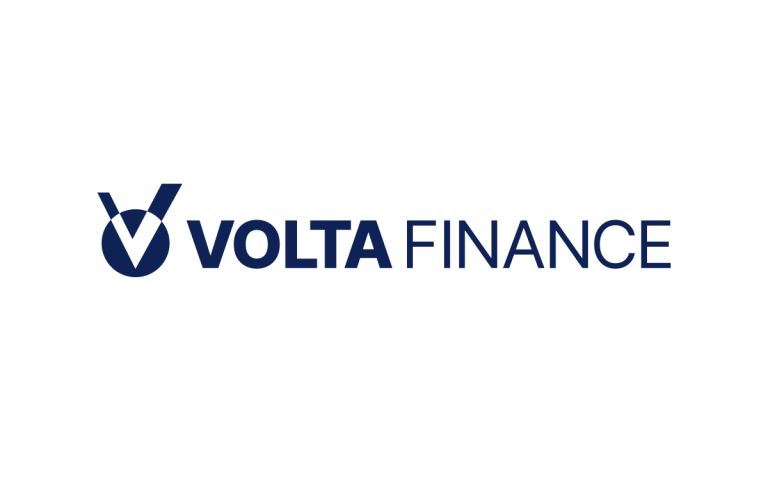Volta Finance plc (LON:VTA) is the topic of conversation when Hardman and Co’s Analyst Mark Thomas caught up with DirectorsTalk for an exclusive interview.
Q1: Your recent report on Volta Finance sits behind a disclaimer, what can you tell us about that?
A1: It is just the standard disclaimer that many investment companies have. In essence, for regulatory reasons, there are some countries (like the US) where the report should not be read. In the UK, because CLOs are not a simple asset class, the report should only be looked at by professional/qualified investors.
Q2: You called your recent piece Volta’s seven yield uplifts. What can you tell us about it?
A2: In this note, we explore the dividend yield uplift that the company offers investors.
It is generated from six asset yield uplifts inherent to its model, including i) structured debt yields above mainstream debt, ii) CLO’s’ yield above structured debt, iii) their flexible mandate generating yields above the CLO market as whole, iv) current re-investments are at an above-average yield over the market, v) re-investment yields offering a material pick-up against maturing business, and vi) a pick-up in the company’s dividend is expected with retentions, and as asset valuations approach, forecast cashflows and sentiment-driven discounts reduce.
Q3: So, fundamentally, you are saying the company can pay a big dividend because it is in the highest-yielding bits of the CLO market. Can you tell us some more about that?
A3: It is a three-stage process: structured debt yields more than unstructured debt; CLOs offer a better risk-adjusted return than average structured debt; and Volta can pick the best bits of the CLO market.
Taking the first point, it is important to understand why structured debt delivers superior nominal and risk-adjusted returns, and how these factors may vary with time. We believe the key driver is using intellectual capital (rather than economic capital), which can exploit illiquidity and other mis-priced risk opportunities, as well as add value in the structuring process itself. The key drivers to mis-pricing include sentiment, uncertain outlooks, mis-valued recovery potential, illiquidity and forced sellers.
Second, if we look at CLOs against structured debt, corporate loans are receiving central bank and government support, Cov-lite documentation is reducing the probability of default and critically extending time to default, corporates are being more active in seeking waivers in advance of when they need them, and there has been an increase in PE backing providing more financially robust backers. All of that gives a good risk-adjusted return for CLOs.
Finally, Volta Finance has a flexible mandate, and so can pick off the best bits of the CLO market.
Q4: And, in your report, you say the relative advantage increased sharply in 2020. Why is that?
A4: The extraordinary level of government and central bank support drove down risk-free rates, and investment-grade debt quickly recovered to pre-crisis levels. More complex debt, though, continued to reflect market uncertainties, and so offered much wider spreads. In the spring, the illiquidity and unknown recovery differentials were much wider than in the past. There is still an element of that, but not as much as earlier in the year. The bottom line is that the projected yield is now ca.18%, when, at the end of financial years 2017 and 2018, it was 10%, and just 11.6% in July 2019.







































